Africa has some of the most dedicated and strongest militaries among 195 sovereign states in the world today. These armed forces are organized and heavily equipped to maintain and allow the sovereign states to enforce defense in their particular nations. Africa is known to have powerful militaries, as many leaders invest in the state’s army for various reasons. The military forces of the different countries have been reviewed and rated by Global Firepower. Below are the top 19 strongest militaries in Africa in order of military power and strength.
1. Egyptian Armed Forces
The Egyptian Armed Forces are ranked first among the strongest militaries in Africa. Founded in 1820, the Egyptian Armed Forces is alleged to control over 40% of its economy. It has also been ranked the 9th worldwide with a rating of 0.1872 power index the annual Global Firepower. It comprises the Egyptian Air Defense Forces, the Egyptian Army, the Egyptian Navy, and the Egyptian Air Force, led by Egypt’s president as their supreme commander.
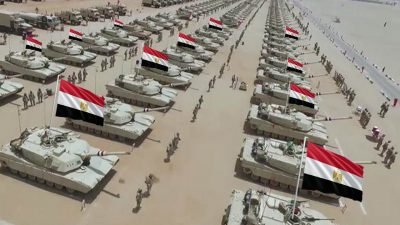
2. Algerian People’s National Armed Forces
Ranked 2nd among the strongest militaries in Africa, the APNAF was founded in 1954 as the National Liberation Army (ALN) that fought during the Algerian War before it changed its name to Algerian People’s National Armed Forces after the country attained its independence from France in 1962. This army includes Algerian Air Defense Force, ground forces, the Algerian Air Force, the Navy known as “the Marine de la République Algérienne” with about 130,000 active personnel, 150,000 reserve personnel. In 2016, the army was estimated to have a budget of about $13 billion. The Global Firepower ranked it as the 28th rated at 0.4659 power index as the strongest military in the entire world.
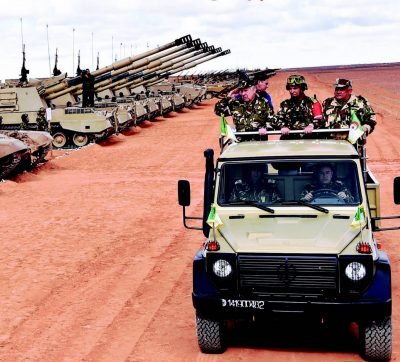
3. South African National Defence Force
The South African National Defence Force takes the 3rd position among the strongest militaries in Africa. The army was founded in 1994 after South Africa’s first election in April. It also combined the Azanian People’s Liberation Army (APLA) and Umkhonto we Sizwe as guerilla forces. It is the 3rd in Africa and is also ranked 29th worldwide and rated 0.4985 power index of Global Firepower. The South African National Defence Force comprises different sections, including the South African Navy, Military health services, the airforce, and the army, and are usually accountable to the Ministry of Defense and Military Veterans.

4. Nigerian Armed Forces
The Nigerian Armed Forces are ranked 4th among the strongest militaries in Africa. The Nigerian Army was founded in 1960 and had a motto, “Victory is from God alone.” Global Firepower ranked Nigerian Army the 42nd in the world with a rating of 0.6485 power index. It comprises the Nigerian Army that handles operations on land warfare governed by the Nigerian Army Council. The Nigerian Army is also functionally structured into combat support arms like the Nigerian Army Medical Corps, the military police.

5. Angolan Armed Forces
The Angolan Armed Forces, commanded by the Commander-in-Chief, Joao Lourenco, the president of Angola, was ranked 56th by the annual Global Firepower reviews with a rating of 0.8379 power index. It comprises the Angolan Air force, Navy, and the army itself, with about 90,000 to 107,000 active personnel that carry out a universal compulsory service and training for 24 months. In 2014, they estimated the military to have a budget of about $6.8 to $7 billion and 5.25% GDP (Gross Domestic Product) to Angola’s economy.

6. Morocco Armed Forces
Morocco Armed Forces were founded in 1088 and are still active as it is estimated to have about 196,000 strong troops, 200,000 reservists and paramilitary forces, 30,000 Auxiliary Forces, and Royal Moroccan Gendarmerie 24,000 regulars. The armed forces are under the Ministry of Defense and are also responsible for land-based military operations, and have taken part in different wars or battles, including a world war. It’s ranked 57th by the Global Firepower annual reviews with a rating of 0.8408 power index.
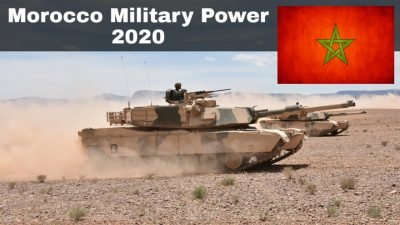
7. Ethiopian National Defense Force
The Ethiopian military force that comprises the Ethiopian Army and airforce is estimated to have 3,000 air force 135,000 personnel according to IISS (International Institute of Strategic Studies) in 2012. However, the number seems to have increased. In 2018, it recorded about 170,000 active personnel. The army has existed for over 18 years and is estimated to have about 250,000 to 385,000 active personnel and reserve at 70,000. It has a budget of $330 million and 0.8% GDP. It is ranked the 60th country among other countries with military strength with a rating of 0.8581 power index by Global Firepower.
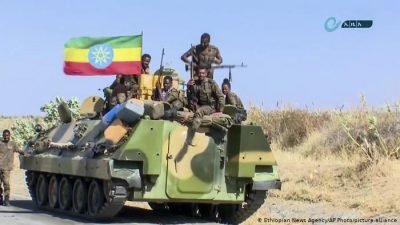
8. Armed Forces of the Democratic Republic of Congo
The Forces armées de la république démocratique du Congo (FARDC) was founded in 1960, June 30th after the Second Congo War in July 2003. It was formed as part of the peace process. The armed forces comprise three branches that include the land forces, the Navy, and the airforce. It’s a state organization responsible for defending the Congo nation with about 144,000-159,000 active personnel under the Minister of Defense and Veterans. The armed forces of DRC have an estimated budget of about US$93.5million. In 2016, it was estimated to have a GDP of about 1.34%. According to the Global Firepower, the country’s armed forces are ranked 71st and hold a rating of the 1.1389 power index.
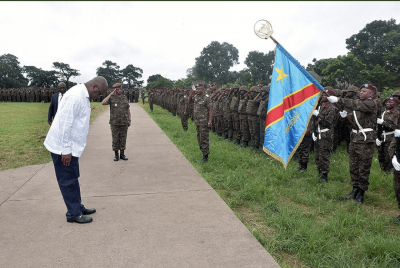
9. Sudanese Armed Forces
The Sudanese Armed forces comprise different branches, including the Navy and the Republican Guard, and Rapid Support Forces. The army was founded in 1956, and it was earlier known as the Sudan Defense Force. It is alleged that the Constitutional Declaration Draft defines the army’s supreme commander to be the mixed civilian-military sovereignty council in August 2019. In 2001, they estimated the army to have a $4 billion budget, and in 2005 3% GDP to Sudan’s economy. The army also has about 109,300 active personnel,17,500 estimated to be paramilitary forces,40,000 Rapid Support Forces that were part of the Yemeni Civil war that transpired between 2016-2017, and an estimated 85,000 Reserve personnel. The Global Firepower ranks the Nation’s armed forces as the 76th country with military strength with a rate of 1.3017 power index.
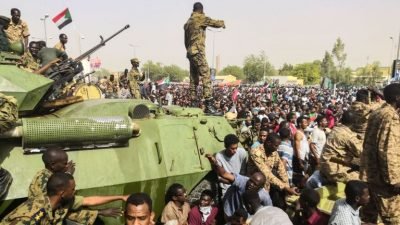
10. Libyan Armed Forces
The Libyan Armed Forces keep military defense, and it comprises several branches, including the Navy, the air and land forces, which were founded in 1951. The army has about 25,000 reserve personnel and 32,000 active personnel. It’s alleged the United Kingdom and the United States trained the original army during the Libyan monarch’s reign, King Idris. The state up to date still faces a war crisis. According to the annual review by Global Firepower, it’s ranked 80th among other countries with a 1.3696 power index.

11. Tunisian Armed Forces
The Tunisian Armed Forces were founded in June 1956. In 2019, it was estimated to have a budget of 993 million USD. Its land army service branch to the armed forces has become more dominant, with an estimated 60,000 reservists and an additional 90,000, making it 150,000. The Tunisian Armed Forces are ranked the 81st and rated at 1.4619 power index by the Global Firepower. This army comprises land and airforce, and the Navy. It has about 12,000-member national guard in the paramilitary forces, 150,000 active-duty personnel, 80,000 were conscripts as of 2019.
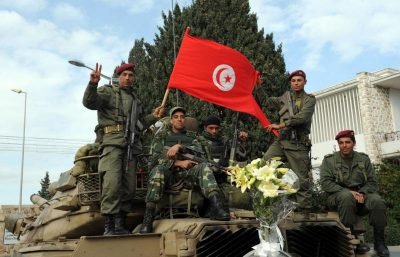
12. Kenya Defence Force
The Kenya Defence Force comprises several branches, including the Kenya Air force, the Army, and the Navy governed by the Kenya Defence Force Act of 2012. The armed force is ranked the 12th most powerful military in Africa and the 84th globally with a 1.5287 power index by Global Firepower out of 138 countries. The armed army has an active personnel of about 24,100 with an estimated budget of $1.097 billion in 2018/2019 and 5.3% GDP.
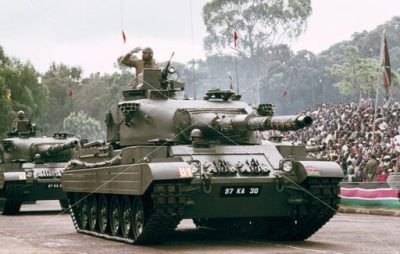
13. Uganda People’s Defence Force
The UPDF, formerly known as the National Resistance Army, was formed in 1962 and had an 18 military age with about 46,800 active personnel according to estimates in 2014, with an estimated budget of USD 933.6 million and 1.2% GDP in 2015. According to Global Fire Power reviews, the UPDF ranks 13th in Africa and 86th worldwide with a rate of 1.6176 power index. It has several branches that include the Uganda Air force, Land forces, and Special Operations Command. Around 2007-2011, the international institute for strategic studies estimated UPDF’s air wing and land forces to be at the strength between 40,000-45,000.
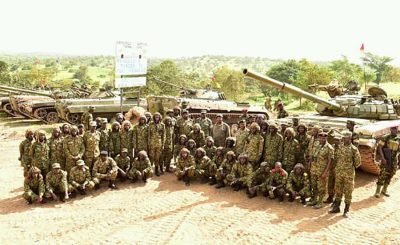
14. Chadian National Army
The Chadian National Army was founded in 1969 and currently holds about 30,350 active personnel and comprises service branches like land forces and airforce of five defense and security forces. In 2006, Chad’s military budget was estimated at 4.2% GDP, and in 2011, the world bank recorded a 2.0% decrease after a Civil war in Chad between 2005-2010. It is ranked 87th among the world’s nations with a military strength rating of 1.6383 power index among the 138 countries.
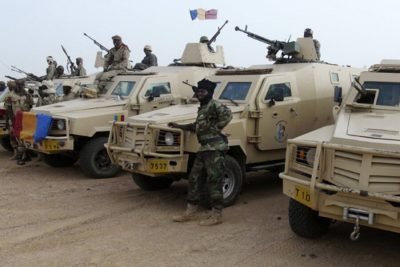
15. Zambian Defence Force
The Zambian Defence Force, formed in 1964 after its independence, comprises the army, military forces, the air force, and Zambia National Service. The force has no navy army because it is a landlocked country but has a Maritime patrol unit that provides security to an inland water body. With an estimated number of 15,100 active personnel, the army has an estimated $42.6 million-plus 0.3% GDP budget. Zambia has been ranked 88th worldwide and 15th in Africa regarding military strength with a rate of 1.6464 power index.

16. Zimbabwe National Army
Founded in 1980, April, the Zimbabwe National Army comprises Zimbabwe Defence Forces mainly responsible for the land operations. It is currently estimated at 29,000, army strength, and 4000 air force. In the entire world, it is ranked the 91st Army with military strength by Global Firepower, holding a 1.7577 power index. The armed forces have also taken part in the suppression of non-state armed cells in a couple of operations.
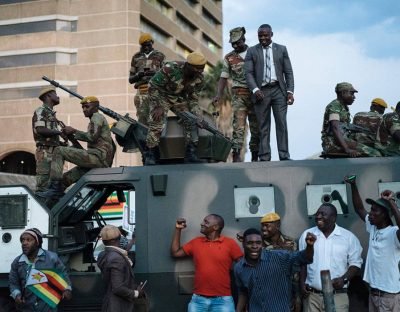
17. Malian Armed Forces
The Malian Armed Forces were founded in 1960 October. The Malian Armed Forces comprise the National guard, the army, and the airforce, and are estimated to have 7,350 soldiers in the army, 50 in the Navy, and 400 in the air force. However, the army is estimated to have 7,350 active personnel and 4,800 paramilitary troops and local police forces that ensure to maintain internal security. With over 1,000 police officers and 2,000 Republican Guards, the military’s expenditure takes about 13% of the Nation’s budget. It actively contributes to forces of peacekeeping in central Africa and the West, plus a 2% GDP. It was ranked 96th out of 138 countries among the militaries with potential strength at a rate of 1.8941 power index.
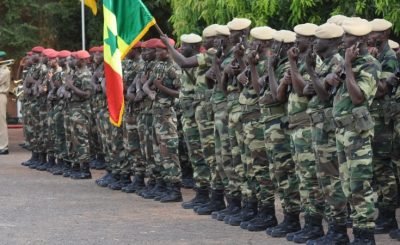
18. Burkina Faso Armed Force
Burkina Faso Armed Forces comprise National Gendarmerie, People Militia, the army, and the airforce. The army is under the Minister of Defence and Veteran Affairs, plus the Chief of General Staff. It is estimated to have 11,200 active personnel and 6,400 Army, Gendarmerie 4,200 and 600 airforce. According to Global Firepower, this army had a 1.2% GDP in 2006 and has recently been ranked as the 97th country with military strength holding a 1.9902 power index. It ranks 18th in the whole of Africa.
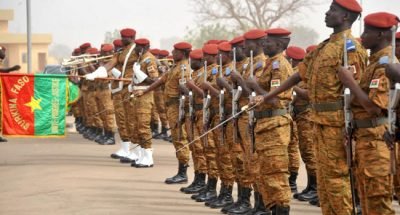
19. Cameroon Armed Forces
The Cameroon Armed Forces were founded in 1960 and are in the 19th position regarding African military strength. Cameroon’s official army force has an estimation of 14,200 personnel on Navy forces, Air and ground forces with 12,500 estimated troops in the army across the three different military regions. The army is under the Chief of the Defence Staff and Deputy Commander-in-Chief. It has also taken part in various wars and conflicts such as Bamileke War, Boko Haram Insurgency, Anglophone Crisis, among others, as they fulfill their responsibility to keep military defense and keep the peace. According to the annual reviews by Global Firepower, it has a 1.6% GDP and is ranked 101st in the entire world, with Military Strength rated at 1.9902 power index.
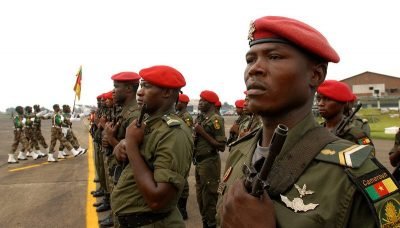
The Global Firepower ratings and rankings use over 50 individual factors that determine a nation’s power index scores that range from Logistical Capability, finance, and geography categories that make up the score worldwide.
MORE












